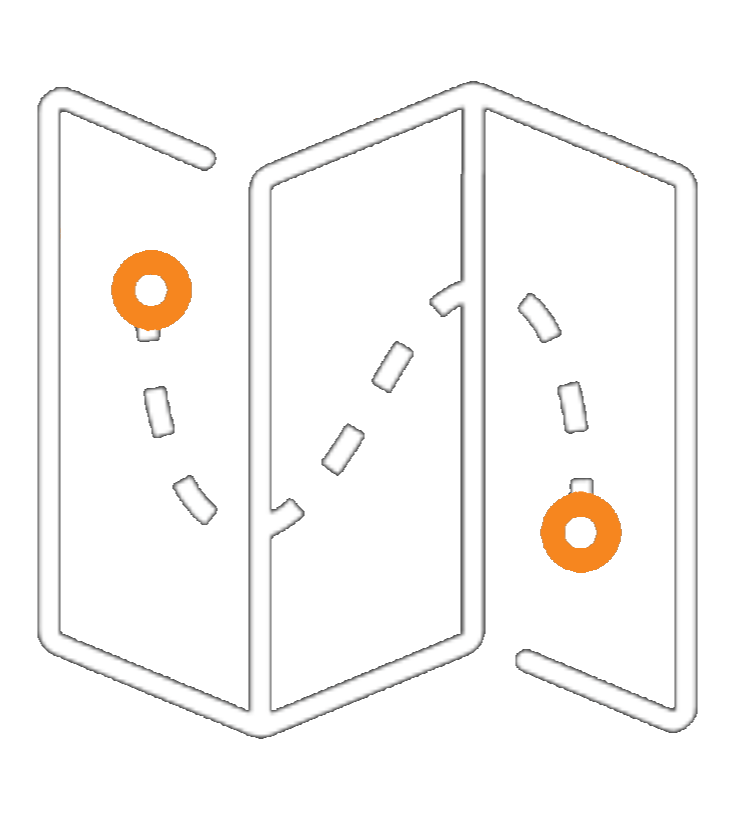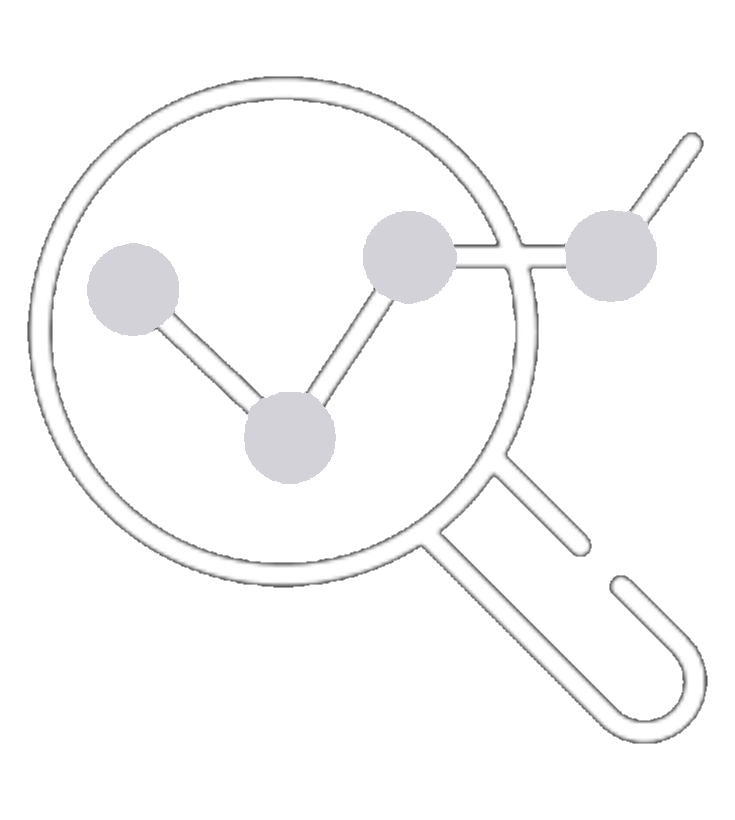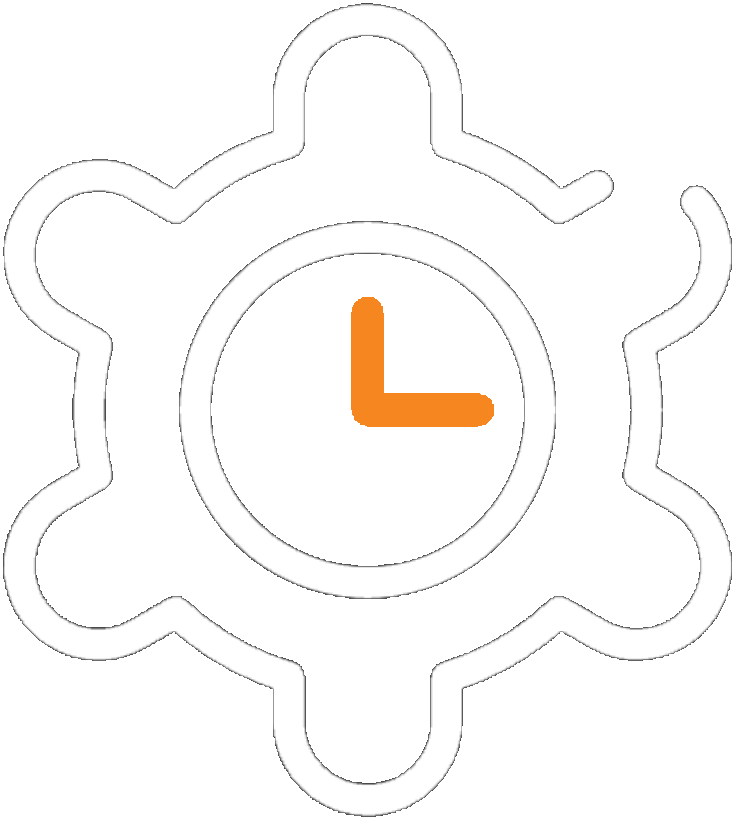Data Services
Data Services
We Do Data
Data is at the heart of everything we do. Utilizing the immense depth of skills and experience we have across our teams; we mobilise the right people with the right experience to provide the expertise to assist our customers when solving complex data challenges.

Data Advisory
How to unlock the potential of your data?
- Assessing the current state of data management practices and comparing to agreed and or best practice baselines
- Defining a data strategy aligned with business objectives that improves several key business metrics
- Developing a roadmap for data-driven transformations
- Advising on the most appropriate operating model for data that underpins your key business goals

Data Architecture
Ensuring your data is well-organized and accessible
- Data architecture for the enterprise or a specific solution
- Designing scalable and efficient data architectures
- Evaluating and providing the architecture and design for data migration technologies
- Using ETL/ELT (Extract, Transform, Load) to achieve conformed data states and to fuel data pipelines

Data Governance
Cultivating a culture of compliance and awareness
- Determining current and target state including the gap analysis, then defining the required steps, data maturity and architecture to reach the target state
- Establishing data governance approach/strategy, engagement style, framework and policies
- Designing data quality standards and data management processes
- Ensuring compliance with regulatory requirements (e.g., GDPR, Basel III, KYC, SOOCS, etc.)
- Remembering to ensure that business driven use cases frame the data governance models during implementation

Data Science & Analytics
Unlock the potential of your data
- Conducting data science experiments and hypothesis testing
- Providing expertise in natural language processing and image recognition
- Conducting data mining and pattern recognition for insights
- Applying predictive modeling and machine learning techniques
- Developing analytics models for risk assessment and customer segmentation
- Data Visualization and Reporting
- Building custom machine learning models and algorithms

Data Migration
Data Migration is the key to upgrading applications
- After discovery, providing the data migration solution architecture including options for the most appropriate cut over approach (there are 3 options)
- Ensuring the solution guarantees data integrity, consistency and transparency of all data assets during migration
- Integrating data from multiple sources into a unified platforms prior to migrating the data to its final target state, application or applications
- Ensuring the common data model (CDM) is properly described and implemented in the solution as it will determine the success or failure of the project
- Equally, 9 other component of the solution have a profound impact on the migration outcome, with the ability to rollback to the previous data position of the migration if errors are found in the data seen as a compelling architecture principle

Data Integration
Unlock your organisation’s data
- Defining the business use cases that the integration architecture needs to support
- Determining which integration architecture principals and patterns you wish to include in your architecture
- If you are adopting ETL batch, intraday, near real-time and or real-time data integration operating models, Novon can determine the best architecture principles and patterns to use that guarantee, data integrity 24*7, full audit capability and replay for real-time events when required
- Novon can show you how to ensure data security, data privacy and data compliance are achieved, while supporting new enforced data regularity mandates when integrating multiple source data applications into a single data set for the business to use
